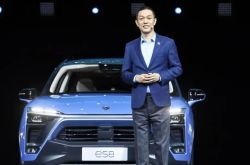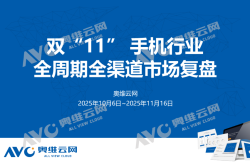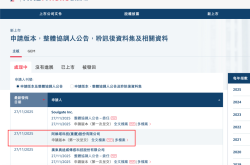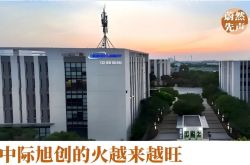The Essence of Chinese Brands Grows More Enchanting: Can the 'Jing' Line Outshine the 'Jie' Line?
![]() 11/28 2025
11/28 2025
![]() 395
395
Introduction | Lead
The synergy and collaborative innovation between automotive firms and tech companies are intensifying, with each sector becoming increasingly intertwined. After the public has grown accustomed to Huawei's five 'Jie' brands under HarmonyOS Intelligent Mobility, Huawei has now introduced its 'Jing' series. Given that the expansion of the five HarmonyOS Intelligent Mobility 'Jie' brands is not expected to continue in the near future, the 'Jing' series will emerge as a new catalyst for Huawei's sustained growth in the domestic automotive market. What sets it apart from the 'Jie' series, and will its empowerment of OEMs (Original Equipment Manufacturers) be equally impactful?
This article is produced by | Heyan Yueche Studio
Written by | Zhang Dachuan
Edited by | He Zi
Full text: 2,740 characters
Reading time: 4 minutes
Unlike the absence of certain premium luxury car brands at the Guangzhou Auto Show, Huawei has taken a proactive stance. As a supplier, it began making significant strides the day before the show opened, even overshadowing many OEMs.
On November 20, the Huawei Qiankun Ecosystem Conference was held in Guangzhou. While Huawei showcased its forward-looking technologies and prowess, the unveiling of the 'Jing' series brand undoubtedly stole the limelight. Currently confirmed are the 'Qijing' collaboration between GAC (Guangzhou Automobile Group) and Huawei Qiankun, as well as the 'Yijing' collaboration between Dongfeng and Huawei Qiankun.

△ The Huawei Qiankun Ecosystem Conference took place in Guangzhou on November 20
According to the plan, the Qijing brand aims to launch two models in 2026, with the first coupe model set for launch and delivery in June of the following year. The inaugural model of the Yijing brand will make its debut at the Beijing Auto Show in April 2026, with at least one new model to be introduced annually thereafter. Additionally, the model resulting from the collaboration between SAIC-GM-Wuling and Huawei is named the Baojun Huajing S. Considering Yu Chengdong's previous statement that Huawei lacks the resources to support more 'Jie' brands, it is highly probable that the 'Jing' series will become Huawei's primary collaboration model with domestic automotive companies in the future.

△ It is highly likely that the 'Jing' series will become Huawei's main collaboration model with domestic automotive companies in the future
What Distinguishes the 'Jing' Series from the 'Jie' Series?
Given Huawei's firm stance against manufacturing cars, its collaborations with domestic OEMs primarily fall into three categories: component supplier, HI (Huawei Inside) solution, and Smart Selection vehicle mode. The five 'Jie' brands under HarmonyOS Intelligent Mobility are derived from the Smart Selection vehicle mode. Based on this model, Huawei has already launched intelligent automotive brands such as Aito, Luxeed, Enjoyland, Majesty, and Stelato under the 'Jie' series. The current 'Jing' series has evolved from the previous HI solution.
As two distinct models within the Huawei ecosystem, what sets the 'Jing' series and the 'Jie' series apart besides their names?
The 'Jie' series (HarmonyOS Intelligent Mobility series) embodies a co-branded effort between Huawei and automotive companies. Huawei wields absolute authority in product definition, design, research and development, marketing, and channel distribution. In layman's terms, Huawei calls the shots. Especially for Aito, the first brand under HarmonyOS Intelligent Mobility, it has become synonymous with Huawei cars in the minds of the Chinese public, even surpassing BBA (BMW, Mercedes-Benz, Audi) in brand recognition and premium appeal. In terms of sales, models under the HarmonyOS Intelligent Mobility series can be sold through Huawei's direct sales channels, with Huawei fully controlling the sales pace. At HarmonyOS Intelligent Mobility new car release events, it is often Yu Chengdong from Huawei who eloquently elaborates on the product's highlights, with little visibility of the relevant OEM's own strengths, which is the best demonstration of Huawei's authority. From the consumer's perspective, HarmonyOS Intelligent Mobility is fully endorsed by the Huawei brand's gold-standard reputation.

△ Huawei holds absolute dominance and authority in the 'Jie' series (HarmonyOS Intelligent Mobility series)
On the other hand, the newly introduced 'Jing' series represents a deeply empowering co-creation model. The project's leadership has shifted from Huawei back to the automotive companies, with Huawei providing core technologies including Qiankun Intelligent Driving and the HarmonyOS Cockpit, as well as introducing Huawei's research and development IPD (Integrated Product Development) and marketing IPMS (Integrated Product Marketing and Sales) processes. For the GAC Qijing and Dongfeng Yijing brands, Huawei has also stationed numerous engineers, with both parties working jointly and making decisions together. However, in terms of final sales channels, the relevant models will be sold through GAC and Dongfeng's own channels and will not enter Huawei's retail stores.
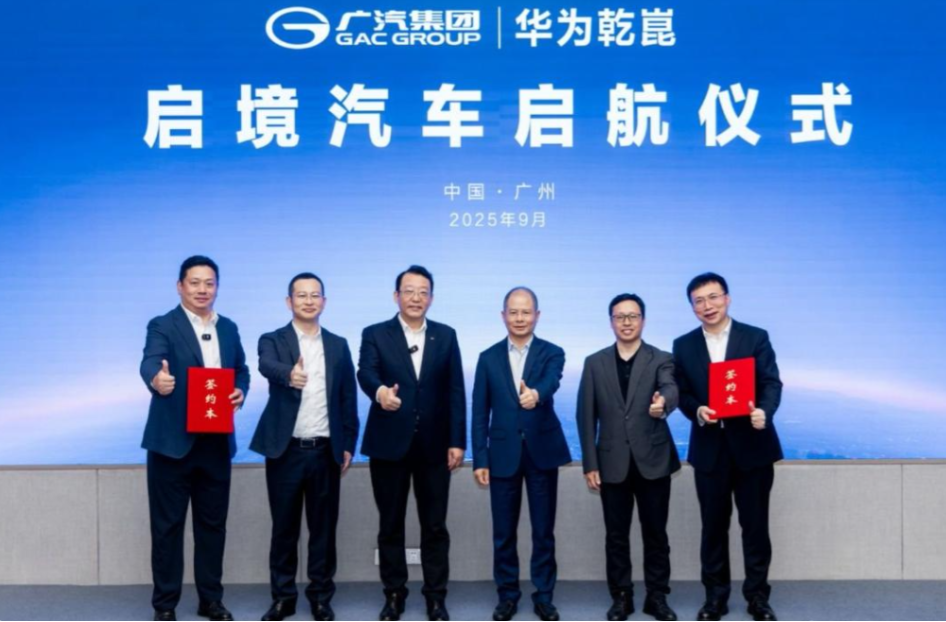
△ The 'Jing' series will become the primary source of incremental business for Huawei in the domestic automotive market
How Should Domestic Automotive Companies Choose?
In fact, whether it's the 'Jie' series or the 'Jing' series, they represent Huawei's strategies for venturing into the intelligent connected vehicle market alongside automotive companies after deciding not to manufacture cars itself.
From the OEMs' perspective, each automotive company's situation is unique. Companies like Seres and BAIC, which have slightly weaker overall system capabilities, undoubtedly hope to receive comprehensive empowerment from Huawei to help them quickly secure a foothold in the domestic market. In this case, the HarmonyOS Intelligent Mobility model is the most suitable. On the other hand, companies like Chery and SAIC are unlikely and unwilling to invest all their resources into a single option with Huawei. Currently, although the five 'Jie' brands under HarmonyOS Intelligent Mobility are very popular, their internal development is uneven. Especially for Luxeed, it has faced significant challenges before. Additionally, since the HarmonyOS Intelligent Mobility model requires Huawei to invest substantial resources, Huawei itself has no intention of further expanding its scale in the short term after the five 'Jie' brands.
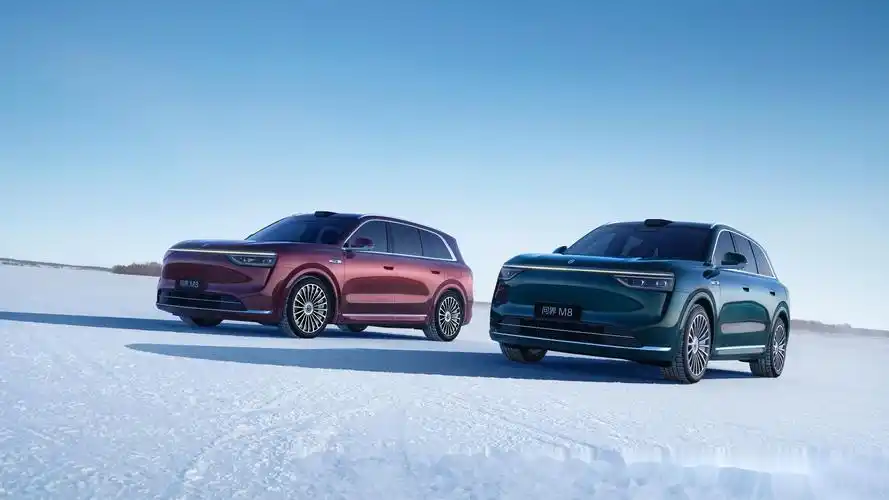
△ For automotive companies like Seres, the HarmonyOS Intelligent Mobility model is undoubtedly more suitable
With the 'Jing' series, GAC and Dongfeng are not only creating a new independent sub-brand to incorporate Huawei's technological imports but have also clearly designated the OEM to control the pace of the entire vehicle project. These OEMs will certainly not abandon their parallel efforts in self-developed technologies while collaborating with Huawei. Although Huawei's technology is currently leading, as more and more models adopt Huawei's technology, product homogenization will become increasingly apparent. Unlike Bosch's ABS or ZF's 8AT transmission, functions such as intelligent cockpits and intelligent driving require OEMs to create their own differentiators to thrive in the future. In this context, Huawei has repackaged its previous HI solution into the 'Jing' series model, hoping to find the greatest common ground with OEMs and achieve a win-win situation.
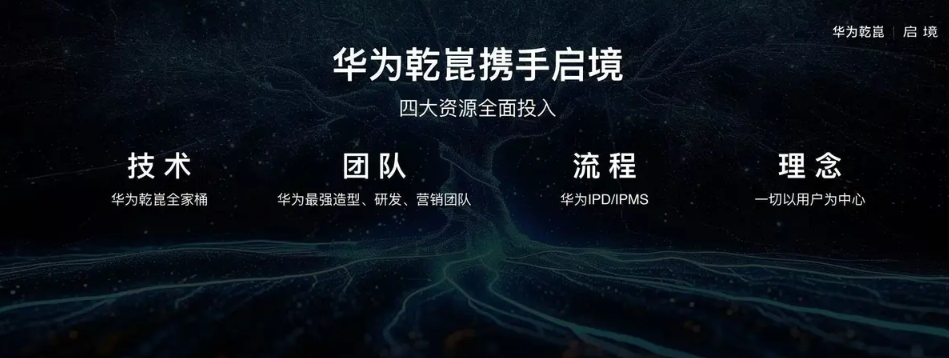
△ The 'Jing' series may offer OEMs greater operational flexibility
Huawei Continues to Focus on Technological Iterations and Upgrades
In 2024, Huawei created a new brand for its intelligent automotive solutions—Huawei Qiankun. By the end of October 2025, Huawei Qiankun had established collaborations with 14 automotive companies, including those under HarmonyOS Intelligent Mobility, and had launched 33 mass-produced models. The relevant technologies have achieved full coverage across all price ranges from 150,000 yuan to 1 million yuan, as well as various powertrain forms including pure electric, extended-range electric, hybrid, and fuel-powered vehicles, fully demonstrating the adaptability of Huawei Qiankun. In October, the monthly sales of models equipped with Qiankun Intelligent Driving exceeded 100,000 units.
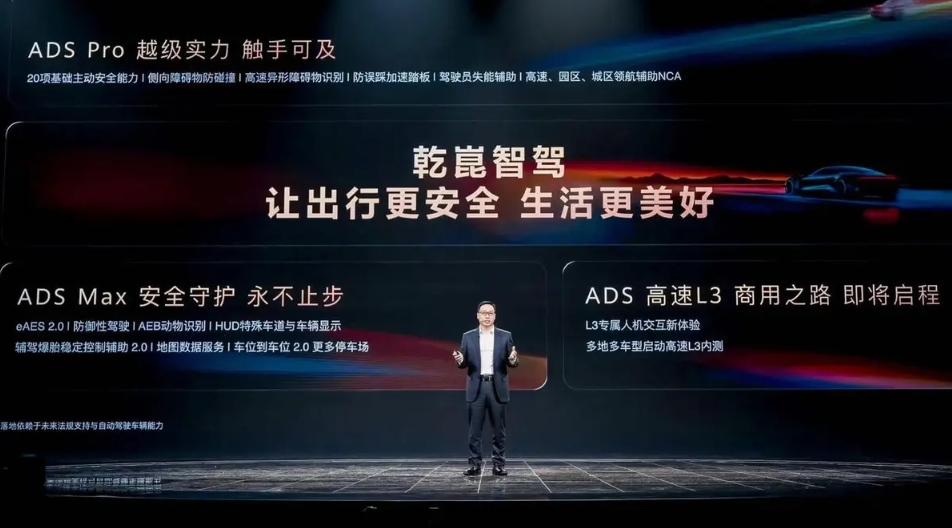
△ In October, the monthly sales of models equipped with Qiankun Intelligent Driving exceeded 100,000 units
For Huawei, besides launching the 'Jing' series, it cannot slacken in terms of technological iterations and upgrades to maintain and continuously grow its market share. As two major highlights of Huawei Qiankun, Huawei Qiankun Intelligent Driving and the HarmonyOS Cockpit have also made new progress at this Huawei Qiankun Ecosystem Conference.
Among them, the latest ADS Pro of Huawei Qiankun Intelligent Driving will be equipped with the first mass-produced in-cabin Limera sensor combining laser and visual technologies, and will unlock the Navigated Cruise Assist (NCA) for urban areas, bringing high-level intelligent driving assistance with urban NCA capabilities down to the 150,000 yuan price range. Meanwhile, Huawei Qiankun is conducting highway L3 road tests in multiple cities across China, taking a leading position in the formal commercialization of highway L3.

△ The latest ADS Pro of Huawei Qiankun Intelligent Driving will unlock the Navigated Cruise Assist (NCA) for urban areas
The upgrade of the HarmonyOS Cockpit is also progressing in an orderly manner. With the continuous upgrade of the hybrid large model MoLA architecture, the HarmonyOS Cockpit will be the first to enter the era of 'Intelligent Cockpit L3.' Its voice functionality will evolve from passive response to proactive suggestions and will also enable functions such as ordering food delivery and making payments, further enhancing the user experience. In terms of ecosystem, the HarmonyOS Cockpit will integrate services across various scenarios including entertainment, office work, and more, transforming the cockpit into an infinitely extendable intelligent living space.

△ With the continuous upgrade of the MoLA architecture, the HarmonyOS Cockpit will be the first to enter the era of 'Intelligent Cockpit L3'
Commentary
Huawei and other leading internet companies often have internal 'horse racing' mechanisms. In the future, let fair market competition decide which model is more suitable for the needs of the domestic market. As more automotive companies adopt Huawei's intelligent cockpit and intelligent driving technologies, the relevant scale effects will become increasingly apparent, allowing Huawei to reap substantial profits. However, a challenge facing Huawei and other OEMs is how to address the issue of product homogenization as more and more models adopt Huawei's technologies. Among domestic OEMs, whoever can find an answer first will be able to surpass Aito. As for the 'Jing' series, it can also be seen as Huawei delegating authority to various OEMs. The ability to create products based on Huawei's intelligent driving and intelligent cockpit technologies will depend on each OEM's capabilities.
(This article is original to Heyan Yueche and may not be reproduced without authorization.)


